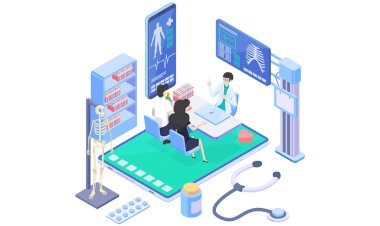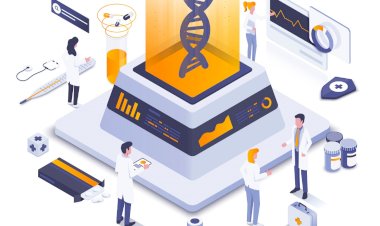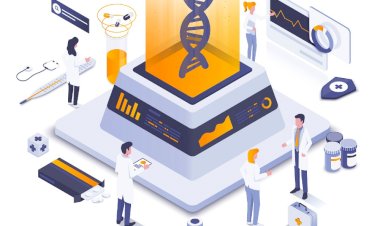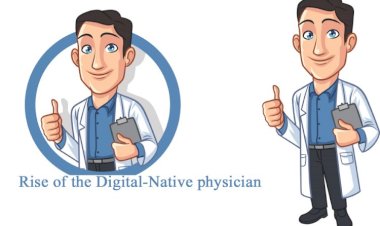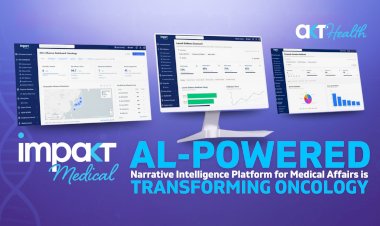Advantages and Challenges of E-health Technology
E-Health is an emerging field in the intersection of medical informatics, public health, and business, referring to health services and information delivered or enhanced through the Internet and related technologies.
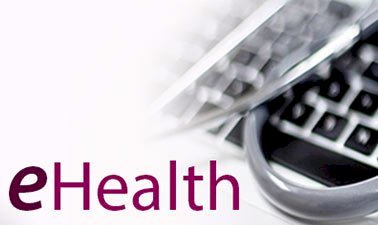
What is eHealth?
E-Health is an emerging field in the intersection of medical informatics, public health, and business, referring to health services and information delivered or enhanced through the Internet and related technologies.
E-Health technology can be used to disseminate health-related information or services among the health care providers, patients, and clinics. Across-the-board, e-Health is a segment of health informatics which includes m-Health and telemedicine.
Challenges and Advantages of eHealth
Challenges
- Structuring of all health information systems, from the time when the content and arrangement of all health information systems should be standardized.
- It might be time-consuming to bring up to date the EHR comprehensively.
- The unavailability or lack of basic infrastructure, such as an internet connection.
- The lack of application software.
- The financial barrier in procurement.
- Shortage of IT and clinical resources.
- Trouble in learning and using the software.
- Personnel costs.
- Even though it saves time, the decline list of options in health information systems may perhaps lack comprehensive information.
Advantages
- eHealth conveys the promises and excitement of bringing e-commerce to health care.
- It provides quick access to patient records and information for efficient health care.
- Reduced paperwork, reduced duplication of costs, etc. thus reducing the cost of health care.
- Reduced medical errors and better clinical decision making.
- Better health care by improving all aspects of patient care, including safety, effectiveness, patient-centeredness, communication, education, timeliness, efficiency, and equity.
- Better health by encouraging healthier lifestyles in the entire population, including increased physical activity, better nutrition, avoidance of behavioral risks, and wider use of preventative care.
- eHealth is the cost‐effective and protected use of facts and communication technologies (ICT) in favor of health and health-related fields.
- It covers more than a few interventions, together with telehealth, telemedicine, mobile health (mHealth), electronic medical or health records (EMR/EHR), big data, wearable’s, and even artificial intelligence.
- The role of e-health has been acknowledged as crucial in accomplishing supreme health priorities such as universal health coverage (UHC) and the Sustainable Development Goals (SDGs).
eHealth can be a promising vehicle for health care provision. More strategic approaches are necessary for the planning, development, and implementation of m-Health. International and national health organizations should focus more on the improvement of e-health technology to make it adapted for the benefits of patients. However, m-Health should not be considered as an ultimate remedy to increase the coverage of health care delivery. It should go side by side along with regular clinical visits and follow-up practices. Finally, new, and uprising eHealth technologies have huge potential to bridge the gaps between patient and healthcare support providers. Incorporating technology into medical care can ensure a patient-centered health care system.
References
https://epha.org/key-challenges-for-ehealth/
https://assignmenthelp4me.com/article-e-health-system-its-advantages-and-disadvantages-367.html

 Meghana
Meghana 






